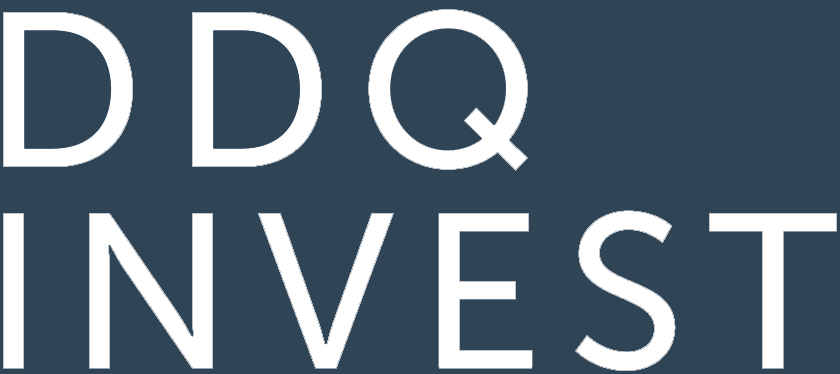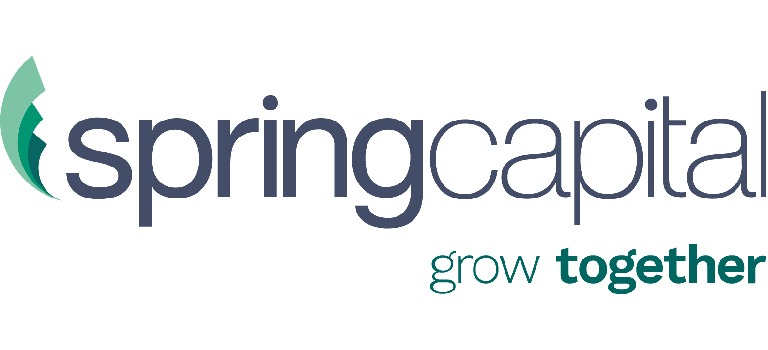Last month we asked the question ‘is this time different’ for markets as the Trump administration attempts to reshape the global economic order. Looking at financial market developments, one of the few signs that there might be something going on is in the dollar, which has weakened by about 10% against sterling since March and a similar level against the major global currencies. Otherwise the indications are that not much has changed despite all of the news. Government bond yields have now fallen back toward levels seen prior to the tariff announcements of 2 April. Equity markets have risen and are near to or exceeding highs seen since the US presidential election in both the States and Europe. Given the tidal wave of policy announcements and increasing geopolitical tension – especially around the Middle East at the current time – this market backdrop seems quite upbeat. It is often said that ‘markets hate uncertainty’; whilst some of the very large tariff rates initially suggested have not yet come to pass, it is difficult to say that much has become more certain in an economic or geopolitical sense over the last six weeks or so.
With the equity market levels broadly returning to where we were at the start of the year[i], we can refer to the analysis reported in our investment view of January[ii] which dissected the level of the US market and concluded that on the whole things look expensive. The fund’s positioning reflects this view, and whilst we have made some small changes there has been little impetus to make more material moves from a valuation perspective since we reported that analysis. Consumer goods, healthcare companies and business services continue to form the bulk of the portfolio, with the balance made up of selected IT and industrial firms.
It has felt like the sectors that form the core of the portfolio have fallen between the thematic stools of cyclical excitement (particularly around banking and defence) and AI-driven boom time, although these themes can be seen in the operating results of portfolio companies. Portfolio company Microsoft exemplifies the AI enthusiasm, and its stock is trading at all-time highs. While the company’s valuation remains acceptable to us in absolute terms, we would have a bigger position at better valuations. More generally we would have greater exposure to the IT sector if it were trading at lower levels in the market. With IT certainly being a sector that is seeing solid revenue growth, we can see why the market is marking share prices in the sector up. Perhaps counterintuitively though given the portfolio’s positioning, when all the results from the first quarter of 2025 were counted the portfolio turned out a weighted average organic revenue[iii] growth of +5%. That’s similar to the final quarter of last year and not very far behind the MSCI US Index where the IT sector features heavily. The Evenlode portfolio growth performance was delivered by companies trading at attractive valuations in absolute terms and, particularly, compared to broad market indices. So it is possible to find growth at attractive valuations, but it is technological and geopolitical themes that are driving the market higher at the moment.
On the ground
The Evenlode team have been out and about meeting with corporations, and there is very much the sense that companies are getting on with business in the face of the clear uncertainties that are there in the current operating and policy environment.
On tariffs, the end of the 90-day pause on the higher rates of US tariffs announced on 2 April is coming into view, with the exception of China. The 9 July marks the date when the ‘reciprocal’ tariffs on goods entering the US will be restored unless there is another intervention from the President on his own policies. Our view continues to be that the Evenlode Global Income portfolio is relatively well insulated from the direct effect of tariffs. Whilst they don’t feature heavily in the Evenlode Global Income investable universe, we have heard from a range of companies that sell large capital goods as we engage with broad industry as well as the asset-light companies that we favour. Businesses of all colours are keeping calm and carrying on, and the costs of tariffs are being shared between companies and customers where they have an outsized effect on the cost of the end product. Perhaps companies see no alternative, or perhaps they don’t believe that the tariffs will actually stick. Either way, it seems that second order effects of negative business and consumer confidence to date are not too severe, although there has undoubtedly been a slowdown in consumer and discretionary corporate spending.
The news agenda very recently has, understandably, been dominated by the escalation of violence in the Middle East and the intervention of the US in directly bombing Iran for the first time. The volatility in the price of energy that is resulting from a destabilised situation in the region potentially has global consequences. Despite spiking up, so far oil prices have stayed below levels seen as recently as early 2025 and have come down again. Actions from the two main protagonists, Israel and Iran, as influenced by the US, will determine the next path for energy prices.
Aside from tariffs and the oil price volatility, another source of uncertainty for corporations lies in ‘Section 899’, part of Trump’s tax and spend ‘one big beautiful bill’. This aims to redress perceived unfairness in non-US jurisdictions’ taxation of US corporations, notably Digital Service Taxes (DSTs) levied on big US technology companies. The details of its ultimate implementation remain unclear but it has the potential to increase corporation taxes on non-US companies’ operations, and on the income derived from US-based assets by non-US entities. Of particular relevance to a global fund not based in the US, the rate of withholding tax paid on dividends from US companies could increase to 50%, from the current 15%[iv]. We emphasise the word could as the wording of Section 899 does allow significant leeway in its application. There could be updates to and carveouts in the tax treaties already in place with individual countries, and the bill is currently being reviewed by the Senate so could see revisions.
Hot off the press as this piece is being submitted is the news that the US has reached an agreement with the G7 group of countries to exempt US firm’s from ‘Pillar 2’ of the OECD’s new-ish international tax regime. Pillar 2 sets a minimum corporation tax rate of 15% globally, and the US Treasury is saying that if this arrangement is scrapped for US firms then Section 899 is unnecessary. So the situation is evolving rapidly and we will be assessing the ramifications of the bill when more details are known in due course.
What uncertainty?
All of this has not impacted the resumed upward march of large technology companies’ share prices, and with them the level of the overall stock market. The AI investment boom is certainly real, and it is conceivable that the huge levels of spending on AI capabilities represents a new normal. Even ignoring the most grandiose claims of general intelligence, it is possible that the new tools create great productivity gains for businesses, governments and individuals, and therefore continue to capture significant operational and capital expenditure. However, it is also possible that such gains take time to realise and spending on this narrow (albeit very impressive) field of information technology moderates. More old-fashioned factors that affect businesses such as economic confidence, rates of taxation, cost of debt, war and (hopefully) peace have probably not yet been removed by AI’s capabilities. In an era of rapid disruption, the market has tended to focus on the next big thing. Through the noise, there remain businesses that have mastered the 20th century fundamentals whilst also steadily integrating 21st century technologies into their operations. While the debate between hype versus substance plays on, we remain grounded in our view. Businesses built on solid fundamentals and quiet adaptability are likely to endure, and even thrive, even as the future remains uncertain.
Evenlode has developed a Glossary to assist investors to better understand commonly used terms.
Please note, these views represent the opinions of the Evenlode Team as of 27 June 2025 and do not constitute investment advice. Where opinions are expressed, they are based on current market conditions, they may differ from those of other investment professionals and are subject to change without notice. This document is not intended as a recommendation to invest in any particular asset class, security, or strategy. The information provided is for illustrative purposes only and should not be relied upon as a recommendation to buy or sell securities. For full information on fund risks and costs and charges, please refer to the Key Investor Information Documents, Annual & Interim Reports and the Prospectus, which are available on the Evenlode investment Management website (https://evenlodeinvestment.com).
Recent performance information is also shown on factsheets, also available on the website. Past performance is not a guide to future returns. The value of investments and any income will fluctuate (this may partly be the result of exchange rate fluctuations) and investors may not get back the full amount invested. Fund performance figures are shown inclusive of reinvested income and net of the ongoing charges and portfolio transaction costs unless otherwise stated. The figures do not reflect any entry charge paid by individual investors. Current forecasts provided for transparency purposes, are subject to change and are not guaranteed. Source: Evenlode Investment Management Limited, authorised and regulated by the Financial Conduct Authority, No. 767844.
Market data is from S&P CapIQ, Bloomberg and FE Analytics unless otherwise stated.
[i] Despite falling by over 13% year to date in early April, the MSCI World Index was only down -1.2% for the year to date to 26 June 2025. (Total return, GBP terms)
[iii] Organic revenue excludes the impact mergers and acquisitions and foreign currency.
[iv] Source: Barclays Equity Research. Currently UK based investors pay a 15% withholding tax on US dividends, discounted from a headline 30% rate.

